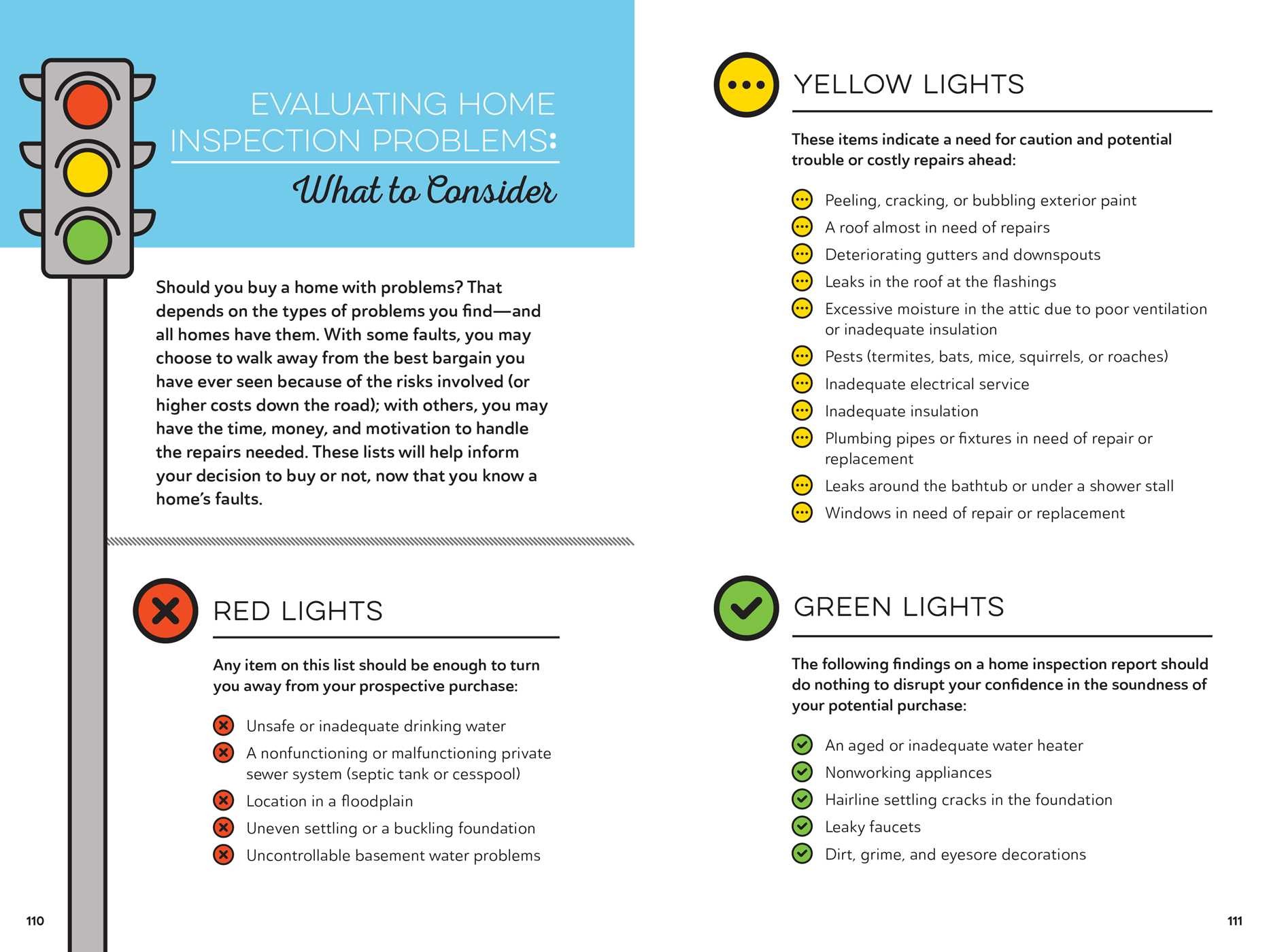The Contribution Of Roofing System Ventilation To A Successful Installment Process
The Contribution Of Roofing System Ventilation To A Successful Installment Process
Blog Article
Content Author-Kock Thomsen
When you're taking on a roof covering project, you might not think much regarding roofing ventilation, yet it's even more important than you realize. Efficient ventilation helps control temperature level and moisture in your attic room, stopping problems like mold and mildew and architectural damage. By understanding how to design and set up a well balanced ventilation system, you can boost energy performance and prolong the life-span of your roofing products. So, what are the key factors to consider during setup that can make all the distinction?
Relevance of Roof Covering Air Flow
Roofing ventilation plays a vital duty in maintaining the general health and wellness of your home. By permitting fresh air to flow with your attic, it assists regulate temperature level and moisture degrees. This equilibrium is essential to avoid heat build-up during hot months, which can lead to raised power costs as your a/c burns the midnight oil.
Furthermore, correct ventilation considerably reduces the risk of moisture-related concerns like mold and mildew. If https://www.prnewswire.com/news-releases/ergosun-integrated-solar-pv-roof-tiles-are-respectful-with-the-environment-and-beautifully-integrated-into-the-design-of-the-roof-301223078.html climb, your home's architectural stability can be endangered, bring about costly repairs. You wouldn't want to handle decomposing timber or deformed roofing products, right?
In addition, ample ventilation prolongs the life-span of your roofing system. When warmth and dampness are kept in check, your roofing can carry out ideally, avoiding early damage. This means fewer migraines and expenditures down the line.
Exactly How Roof Covering Ventilation Functions
Efficient roofing system air flow relies on the natural activity of air to produce an equilibrium in between intake and exhaust. When you mount vents, you're basically allowing fresh air to enter your attic while making it possible for hot, stagnant air to leave. This procedure helps regulate temperature and wetness degrees, protecting against issues like mold development and roof covering damages.
Intake vents, generally located at the eaves, reel in great air from outdoors. Meanwhile, exhaust vents, located near the ridge of the roof, let hot air surge and exit. The difference in temperature level produces a natural airflow, known as the pile effect. As warm air surges, it produces a vacuum cleaner that draws in cooler air from the lower vents.
To maximize this system, you need to guarantee that the consumption and exhaust vents are correctly sized and placed. If the consumption is restricted, you won't accomplish the desired ventilation.
Similarly, insufficient exhaust can trap warm and wetness, causing potential damage.
Trick Setup Considerations
When setting up roof ventilation, numerous key considerations can make or break your system's effectiveness. First, you need to evaluate your roof covering's design. The pitch, shape, and products all affect airflow and air flow choice. Make certain to select vents that match your roofing kind and neighborhood environment conditions.
Next off, take into consideration the placement of your vents. Ideally, you'll desire a balanced system with consumption and exhaust vents positioned for optimal air movement. Location intake vents short on the roofing system and exhaust vents near the top to encourage a natural flow of air. This setup aids avoid wetness buildup and promotes power effectiveness.
Do not forget about insulation. "san antonio, tx roofing contractor san antonio, tx sky roofing construction in your attic prevents heat from leaving and keeps your home comfy. Make sure that insulation does not obstruct your vents, as this can impede airflow.
Finally, consider maintenance. Select ventilation systems that are easy to access for cleansing and examination. Regular maintenance guarantees your system continues to work efficiently with time.
Conclusion
In conclusion, roofing system ventilation is important for a successful setup. By guaranteeing appropriate air movement, you can avoid heat build-up and dampness concerns that lead to expensive damage. When you tactically placement intake and exhaust vents, you boost energy efficiency and prolong the lifespan of your roofing. Keep in mind, a well-ventilated roofing system not just secures your investment but also boosts your indoor air quality. So, prioritize air flow to make certain a resistant and cost-effective roof for your home.
